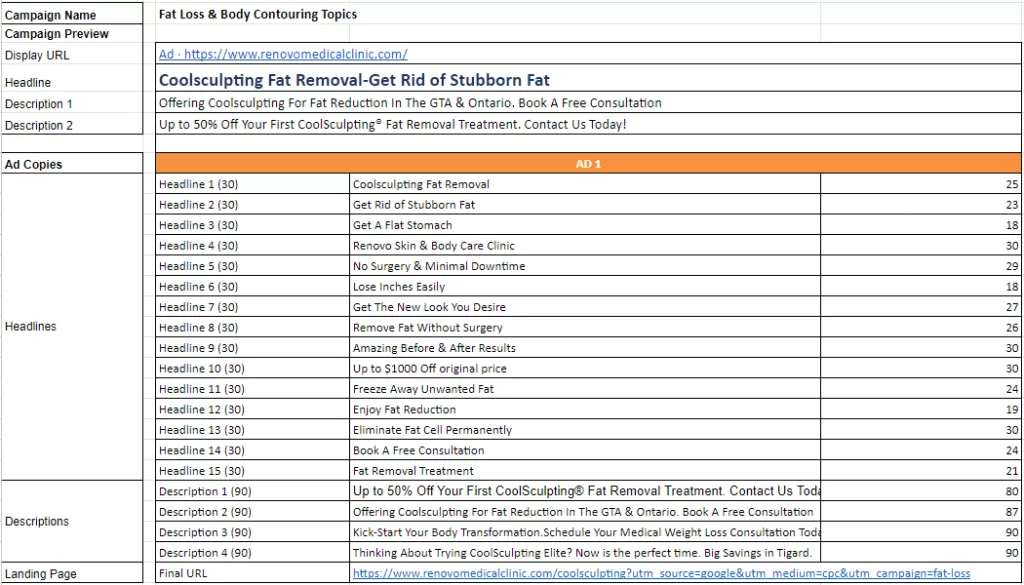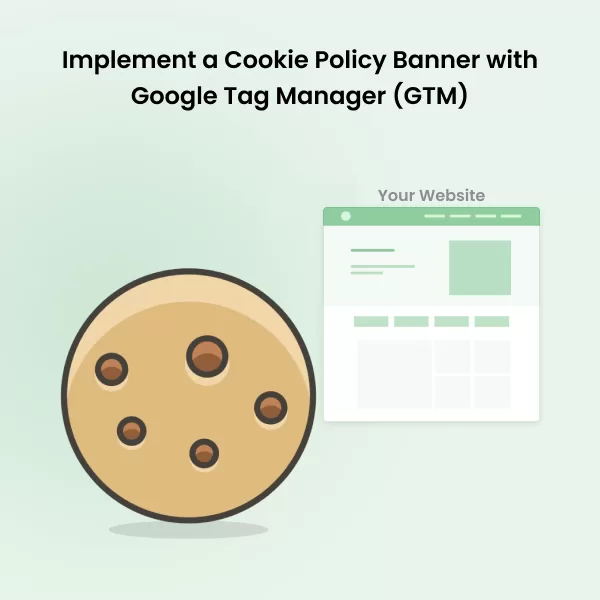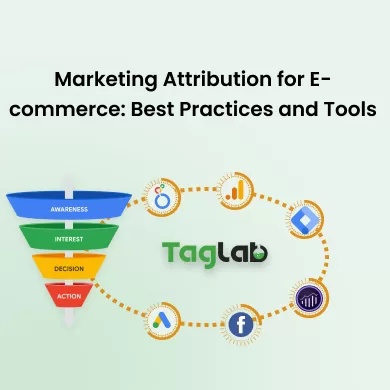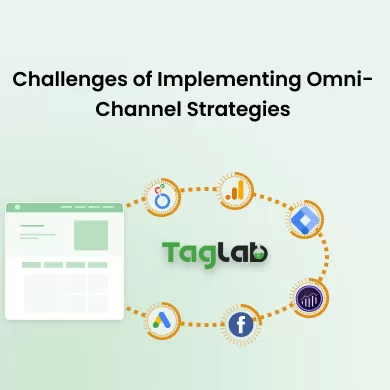Your cart is currently empty!
Ad Copy
Posted by:
|
On:
|
Detailed Explanation
Ad Copy plays a critical role in marketing and advertising, as it directly impacts how a message is received by consumers. It can appear in various formats, including print ads, digital ads, social media posts, email campaigns, and more. Key elements of effective ad copy include:
- Attention-Grabbing Headlines: The headline is often the first thing a reader sees, making it crucial for capturing attention and enticing the audience to read further.
- Value Proposition: Ad copy should clearly communicate the benefits of the product or service being advertised, highlighting what sets it apart from competitors.
- Emotional Appeal: Effective ad copy often evokes emotions, creating a connection with the audience that can influence their decision-making process.
- Call to Action (CTA): A strong CTA encourages readers to take the desired action, whether it’s clicking a link, signing up, or making a purchase. It should be clear and compelling.
- Target Audience Understanding: Tailoring the language and tone of ad copy to align with the interests and preferences of the target audience enhances its effectiveness.
In today’s fast-paced digital environment, ad copy must be optimized for various platforms, ensuring clarity and effectiveness across different channels, including mobile devices, social media, and email.
Key Points
- What it is: Ad Copy is the written content used in advertisements to persuade an audience to take a specific action.
- Why it matters: Effective ad copy can significantly impact consumer behavior and sales, making it a critical component of marketing strategies.
- How to use it: Craft compelling headlines, communicate a strong value proposition, evoke emotion, include a clear call to action, and tailor the message to the target audience.
Examples

- Online Retail Ad: “Shop our exclusive collection today! Limited time offer: 20% off your first purchase!”
- Social Media Post: “Transform your morning routine with our premium coffee blend. Start your day right!”
- Email Campaign: “Don’t miss out on our annual sale! Click here to discover amazing deals on your favorite products.”
Related Terms
- Copywriting
- Call to Action (CTA)
- Marketing Message
- Persuasive Writing
- Content Marketing
Frequently Asked Questions
What is Ad Copy?
Ad Copy refers to the written content used in advertisements to convey a message, persuade an audience, and encourage them to take a specific action.
Why is Ad Copy important?
Ad Copy is important because it directly impacts consumer behavior and sales, making it a critical component of effective marketing strategies.
How do you write effective Ad Copy?
Effective Ad Copy should include attention-grabbing headlines, a strong value proposition, emotional appeal, clear calls to action, and be tailored to the target audience.
What are some examples of Ad Copy?
Examples of Ad Copy include promotional messages in online retail ads, engaging social media posts, and enticing email campaign content that encourages action.



